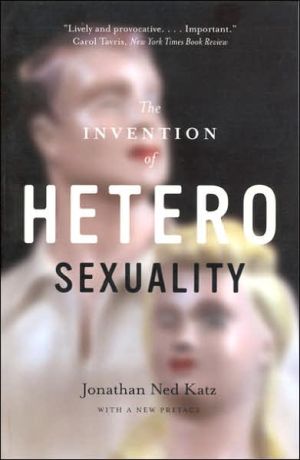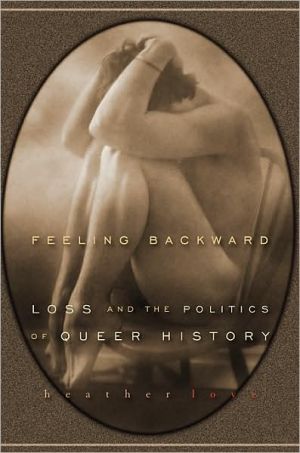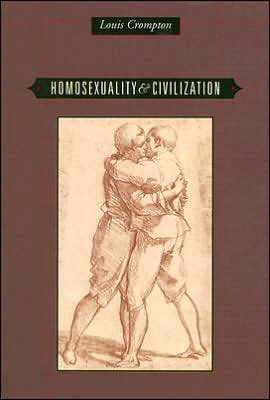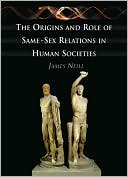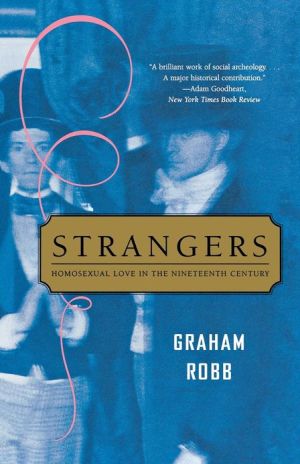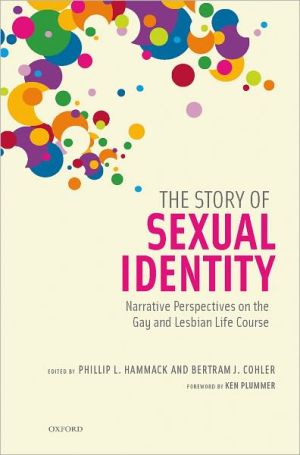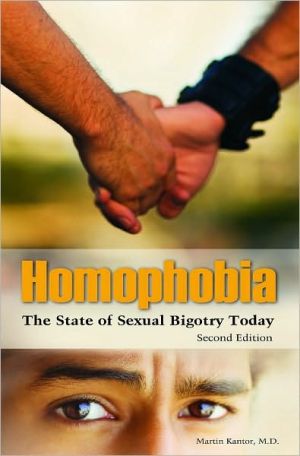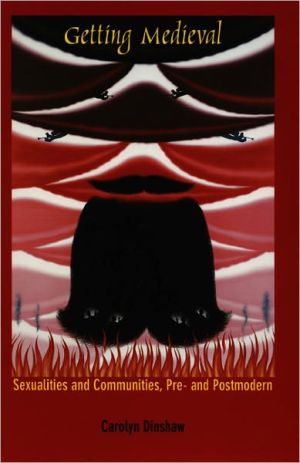The Invention of Heterosexuality
"Heterosexuality," assumed to denote a universal sexual and cultural norm, has been largely exempt from critical scrutiny. In this boldly original work, Jonathan Ned Katz challenges the common notion that the distinction between heterosexuality and homosexuality has been a timeless one. Building on the history of medical terminology, he reveals that as late as 1923, the term "heterosexuality" referred to a "morbid sexual passion," and that its current usage emerged to legitimate men and women...
Search in google:
“Heterosexuality,” assumed to denote a universal sexual and cultural norm, has been largely exempt from critical scrutiny. In this boldly original work, Jonathan Ned Katz challenges the common notion that the distinction between heterosexuality and homosexuality has been a timeless one. Building on the history of medical terminology, he reveals that as late as 1923, the term “heterosexuality” referred to a "morbid sexual passion," and that its current usage emerged to legitimate men and women having sex for pleasure. Drawing on the works of Sigmund Freud, James Baldwin, Betty Friedan, and Michel Foucault, The Invention of Heterosexuality considers the effects of heterosexuality’s recently forged primacy on both scientific literature and popular culture. “Lively and provocative.”—Carol Tavris, New York Times Book Review “A valuable primer . . . misses no significant twists in sexual politics.”—Gary Indiana, Village Voice Literary Supplement “One of the most important—if not outright subversive—works to emerge from gay and lesbian studies in years.”—Mark Thompson, The Advocate Publishers Weekly Katz (Gay American History) argues that heterosexuality is a social construct rather than a natural, unambiguous given. He notes that the terms heterosexual and homosexual were coined in 1868 by German sex-law reformer Karl Maria Kertbeny and did not gain wide currency until the early 20th century. Katz contends that heterosexuality as a universal, presumed, normative ideal was invented by men, such as Kertbeny, Sigmund Freud and German psychiatrist Richard von Krafft-Ebing. Prior to the late 19th century, he maintains, the social universe was not polarized into ``hetero'' and ``homo.'' The examples he cites in support of his thesis-ancient Greece, the new England colonies (1607-1740) and the U.S. between 1820 and 1850-do not substantiate Katz's claims. Nevertheless, this often provocative work challenges rigid notions of gender identity, building on the ideas of French historian Michel Foucault and on feminist critiques of heterosexuality by Betty Friedan, Kate Millett, Adrienne Rich and others. (Mar.)
Foreword1The Genealogy of a Sex Concept: From Homosexual History to Heterosexual History12The Debut of the Heterosexual: Richard von Krafft-Ebing and the Mind Doctors193Before Heterosexuality: Looking Backward334Making the Heterosexual Mystique: Sigmund Freud's Seminal Conceptions575The Heterosexual Comes Out: From Doctor Discourse to the Mass Media836Questioning the Heterosexual Mystique: Some Liberal Feminist and Radical Feminist Verdicts1137The Lesbian Menace Strikes Back: Some Lavender Feminist Critiques1398Toward a New Pleasure System: Looking Forward167Afterword193Acknowledgments197Notes201Bibliography247Index283
\ New York Review of Books“Superb and iconoclastic critique of the history of heterosexuality.”—Richard Horton, New York Review of Books\ — Richard Horton\ \ \ \ \ \ Publishers Weekly - Publisher's Weekly\ Katz (Gay American History) argues that heterosexuality is a social construct rather than a natural, unambiguous given. He notes that the terms heterosexual and homosexual were coined in 1868 by German sex-law reformer Karl Maria Kertbeny and did not gain wide currency until the early 20th century. Katz contends that heterosexuality as a universal, presumed, normative ideal was invented by men, such as Kertbeny, Sigmund Freud and German psychiatrist Richard von Krafft-Ebing. Prior to the late 19th century, he maintains, the social universe was not polarized into ``hetero'' and ``homo.'' The examples he cites in support of his thesis-ancient Greece, the new England colonies (1607-1740) and the U.S. between 1820 and 1850-do not substantiate Katz's claims. Nevertheless, this often provocative work challenges rigid notions of gender identity, building on the ideas of French historian Michel Foucault and on feminist critiques of heterosexuality by Betty Friedan, Kate Millett, Adrienne Rich and others. (Mar.)\ \ \ Library JournalAlthough we take for granted that heterosexuality is and has always been the sexual norm, historian Katz reexamines the constructions of sexual identity and postulates that heterosexuality has a history that has heretofore never been analyzed and that "such privileging of the norm accedes to its domination." Tracing the first appearance of the terms heterosexual and homosexual in 1868 in Germany, the author of Gay American History (LJ 12/15/76) analyzes the changes in usage in dictionaries, medical journals, and a wide variety of other published sources. Carefully building his argument using Richard von Krafft-Ebing's and Sigmund Freud's seminal theories in the creation of heterosexuality, he goes on to challenge such influential figures as Alfred Charles Kinsey, Betty Friedan, and Michel Foucault. This provocatively original research, recalling similar problematizations of race, gender, and other seemingly immutable, ahistorical constructs, is complemented by Gore Vidal's foreword and Lisa Duggan's afterword. For informed readers.-James E. Van Buskirk, San Francisco P.L.\ \
